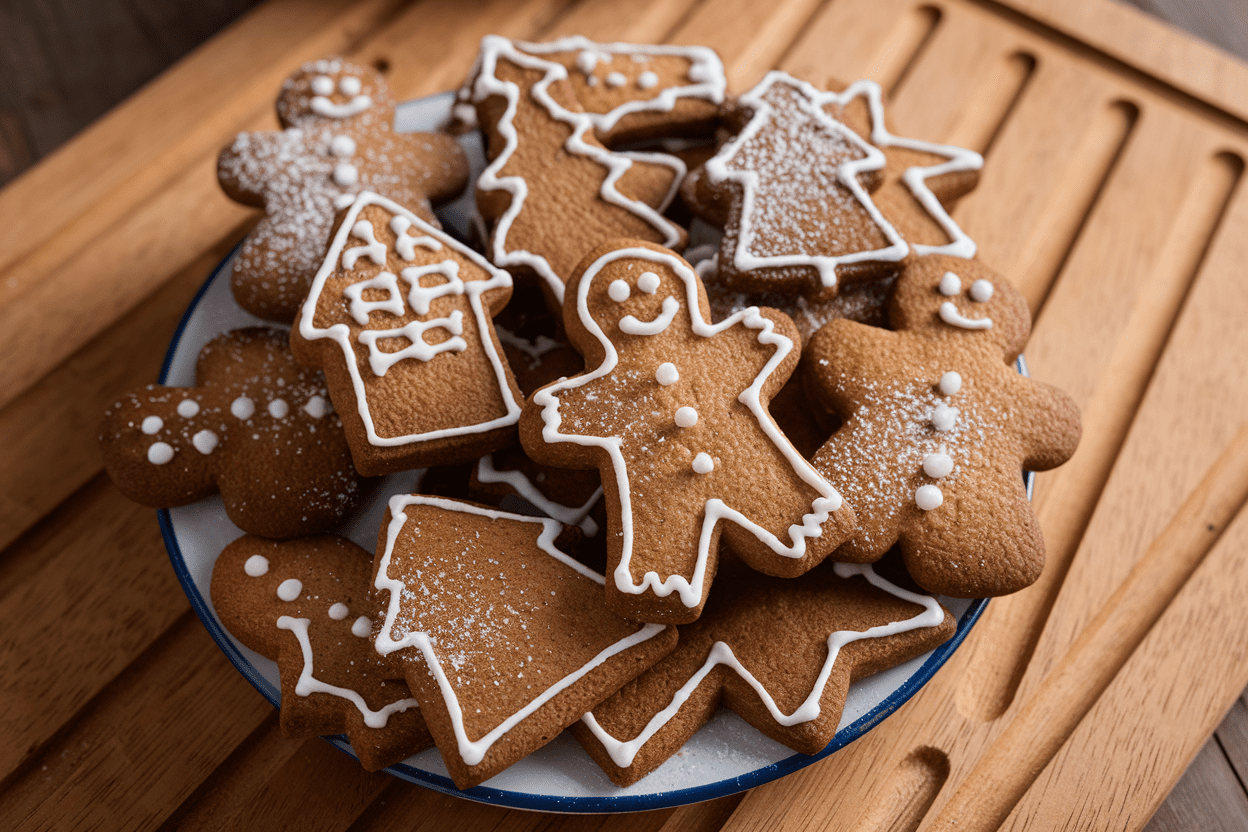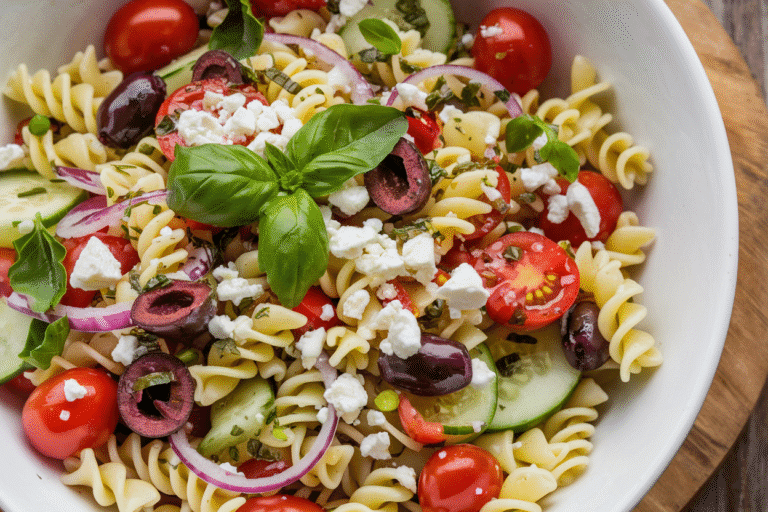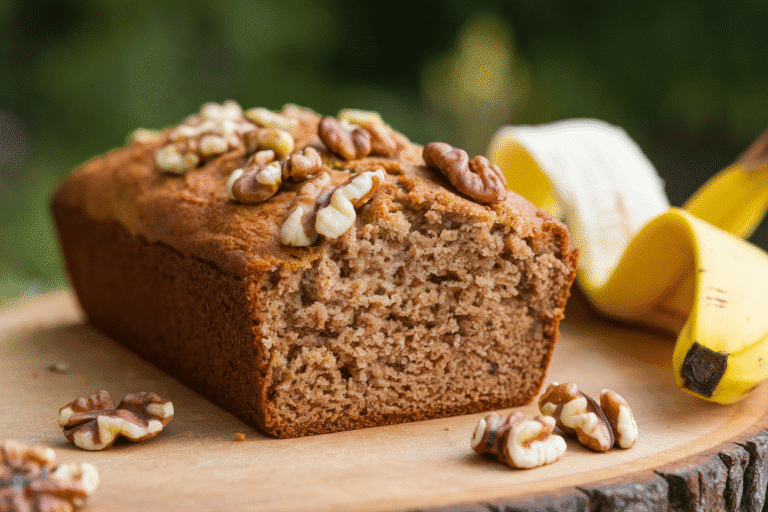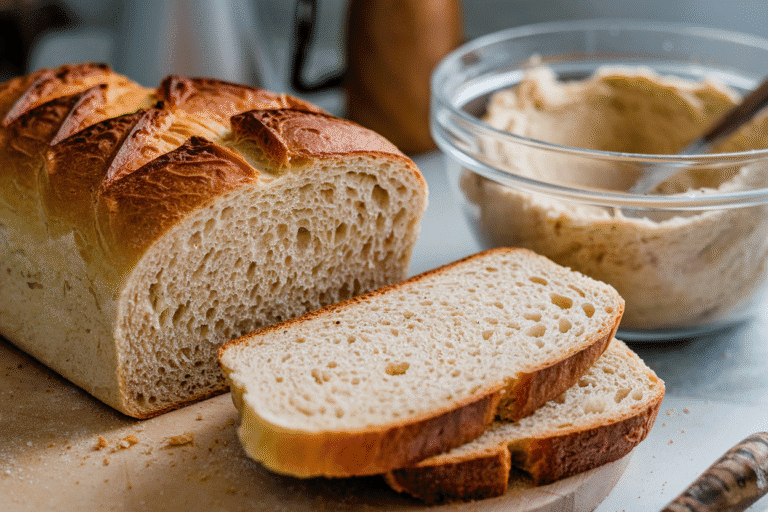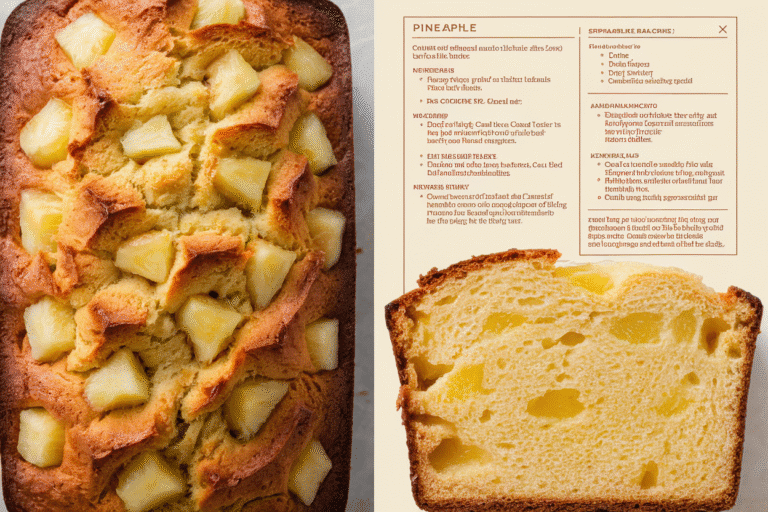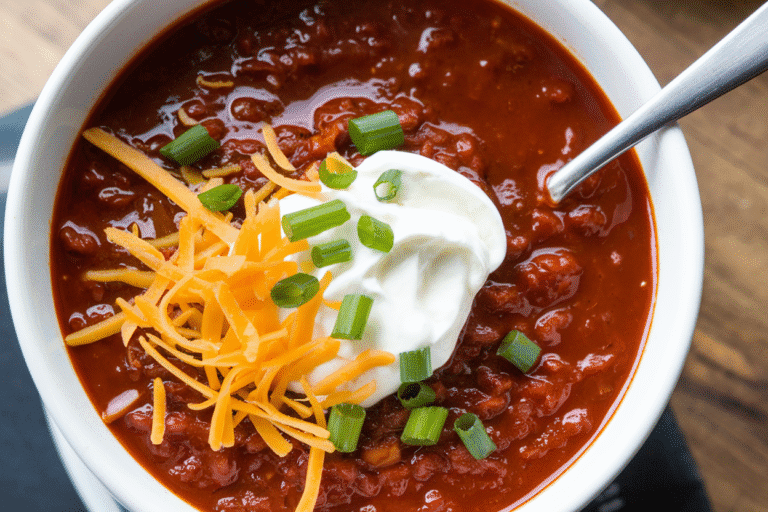This Best Gingerbread Cookie Recipe Will Make Your Kitchen Smell Like Pure Holiday Power
If your house doesn’t smell like ginger, cinnamon, and victory by the time you’re done, we’re starting over. These cookies are crisp at the edges, soft in the center, and unapologetically spicy—the kind that makes people ask, “Who made these?” and then steal the last one. No cookie-cutter nostalgia; this is a precision-tuned treat that bakes like a dream and decorates like a pro.
You’ll get bold flavor, perfect texture, and zero “meh.” Ready for cookies that actually deliver?
The Secret Behind This Recipe
The magic is in a ruthless balance: dark brown sugar for chew, molasses for depth, and a high spice-to-flour ratio so every bite punches above its weight. We chill the dough to hydrate the flour and lock in shape, which means cleaner edges and fewer spread-pancake disasters. A mix of baking soda and a splash of acid creates lift without puffing into cake-land.
Finally, butter is softened—not melted—so the dough creams properly and bakes with structure. It’s science, but delicious.
Ingredients Breakdown
- 2 3/4 cups (330g) all-purpose flour – The backbone. Enough to hold shape without going tough.
- 1 tablespoon ground ginger – The star.
Go fresh, potent, and fragrant.
- 2 teaspoons ground cinnamon – Warmth and comfort.
- 1/2 teaspoon ground cloves – Adds that unmistakable gingerbread edge.
- 1/4 teaspoon ground nutmeg – Subtle, rounds out the spice profile.
- 1/2 teaspoon fine sea salt – Flavor amplifier; don’t skip.
- 1 teaspoon baking soda – Lift without puffiness.
- 3/4 cup (170g) unsalted butter, softened – Structure and flavor; room temp is key.
- 3/4 cup (150g) dark brown sugar, packed – Moisture and molasses-rich sweetness.
- 1/2 cup (160g) unsulfured molasses – Dark, deep, and classic. Use robust, not blackstrap.
- 1 large egg, room temperature – Binds and tenderizes.
- 1 1/2 teaspoons pure vanilla extract – Aroma and flavor lift.
- 1 teaspoon apple cider vinegar or lemon juice – Activates soda, sharpens flavor.
- Optional: 1/4 teaspoon black pepper – For a subtle kick (try it, FYI).
- For rolling: granulated sugar or flour – Sugar for sparkly edges, flour for classic cutouts.
- Royal icing or simple glaze – For decorating if you’re feeling extra.
Step-by-Step Instructions
- Cream the butter and sugar: In a large bowl, beat softened butter with dark brown sugar until fluffy and slightly lightened, 2–3 minutes. This traps air and builds structure.
- Add wet ingredients: Beat in the egg, vanilla, molasses, and vinegar until smooth.
Don’t panic if it looks a bit split; the flour will fix it.
- Whisk dry ingredients: In a separate bowl, whisk flour, ginger, cinnamon, cloves, nutmeg, salt, baking soda, and optional black pepper.
- Combine: Add dry ingredients to the wet in two additions on low speed. Mix just until no dry streaks remain. The dough will be soft but not sticky.
- Chill: Divide dough in half, flatten into discs, wrap tightly, and chill at least 2 hours (up to 48).
This step is non-negotiable for clean shapes.
- Preheat and prep: Heat oven to 350°F (175°C). Line baking sheets with parchment. Lightly flour your surface or use sugar for rolling if you want sparkly edges.
- Roll and cut: Roll dough to 1/4 inch for soft centers or 1/8 inch for snappier cookies.
Cut shapes with sharp cutters, re-rolling scraps as needed.
- Bake: Transfer to trays, spacing 1 inch apart. Bake 8–10 minutes for softer cookies or 10–12 for crisp. Edges should be set; centers may look slightly soft.
- Cool: Let cookies rest on the sheet 5 minutes, then move to a rack.
They’ll firm up as they cool—don’t overbake.
- Decorate (optional): Once fully cool, decorate with royal icing or a quick powdered sugar glaze. Or keep them naked and let the flavor flex.
How to Store
- Room temperature: Keep in an airtight container for 5–7 days. Slip in a slice of bread to maintain softness.
- Freeze baked cookies: Freeze undecorated cookies up to 2 months.
Thaw at room temp and decorate later.
- Freeze dough: Wrap discs tightly and freeze up to 3 months. Thaw in the fridge overnight before rolling.
- Stacking with icing: Let icing dry fully (6–12 hours) before stacking with parchment between layers.
What’s Great About This
- Bold, balanced spice: You taste ginger, not just sugar.
- Shape-holding dough: Chill + correct flour ratio = crisp edges, zero blob cookies.
- Texture control: Roll thicker for soft, thinner for snap—same dough, your rules.
- Decorating-friendly: Flat tops and sturdy edges make piping a breeze.
- Holiday-proof: Makes 30–40 cookies depending on size, and scales well.
Common Mistakes to Avoid
- Skipping the chill: That’s how you get spread and heartbreak. The fridge is your friend.
- Using blackstrap molasses: Too bitter and overpowering.
Choose regular unsulfured.
- Overbaking: Dry, hard cookies are not festive. Pull them when edges set and centers are just soft.
- Over-flouring the surface: Excess flour toughens the dough. Dust lightly or roll between parchment.
- Warm dough while cutting: If it softens, chill 10 minutes.
Clean cutters for sharp edges, IMO.
- Old spices: Stale spices = sleepy flavor. Replace yearly.
Different Ways to Make This
- Chewy drop cookies: Skip rolling. Scoop dough into balls, roll in sugar, and bake 9–11 minutes for crackly tops.
- Espresso twist: Add 1 teaspoon instant espresso powder to the dry mix for mocha depth.
- Citrus zing: Add 1 tablespoon orange zest to the wet ingredients.
Ginger and orange are besties.
- Gluten-free: Use a 1:1 gluten-free baking flour with xanthan gum and chill longer (3–4 hours).
- Dairy-free: Swap butter for high-quality vegan butter sticks; keep dough extra cold.
- Maple glaze: Whisk 1 cup powdered sugar with 2–3 tablespoons maple syrup and a pinch of salt.
- Extra snappy: Reduce butter by 2 tablespoons and roll to 1/8 inch; bake until edges are deep golden.
FAQ
Can I make the dough ahead of time?
Yes. Chill for up to 48 hours, or freeze for up to 3 months. Let thaw in the fridge overnight, then roll as usual.
Why did my cookies spread?
Likely warm dough, too little flour, or over-creamed butter.
Ensure a full chill, measure flour correctly (ideally by weight), and stop creaming once fluffy—about 2–3 minutes.
Is blackstrap molasses okay?
Not recommended. It’s more bitter and less sweet, which can throw off the flavor. Use unsulfured robust molasses for that classic taste.
How thick should I roll the dough?
For soft centers, 1/4 inch.
For crisp, 1/8 inch. Keep thickness consistent so they bake evenly—no cookie left behind.
Can I halve or double the recipe?
Absolutely. Halve for small batches or double for gifting.
If doubling, chill in four smaller discs so it firms up faster.
What icing works best?
Royal icing if you want detailed designs that dry hard. For a softer, faster finish, use a simple powdered sugar and milk glaze with a touch of vanilla.
How do I get cleaner edges on cutouts?
Roll cold dough, dip cutters in flour, and trim away excess on the sheet before baking. Pop the tray into the fridge 10 minutes pre-bake for extra insurance.
Can I make them vegan?
Yes: use vegan butter sticks and replace the egg with 1 tablespoon ground flaxseed + 3 tablespoons water (rest 5 minutes).
Expect slightly less lift but great texture.
In Conclusion
This best gingerbread cookie recipe nails the trifecta: big spice, perfect texture, and photo-ready edges. It’s reliable enough for a weekday bake and impressive enough for the holiday flex. Keep your dough cold, your spices fresh, and your bake times honest.
Then stand back and watch these disappear—because “just one more” was never going to happen, right?
